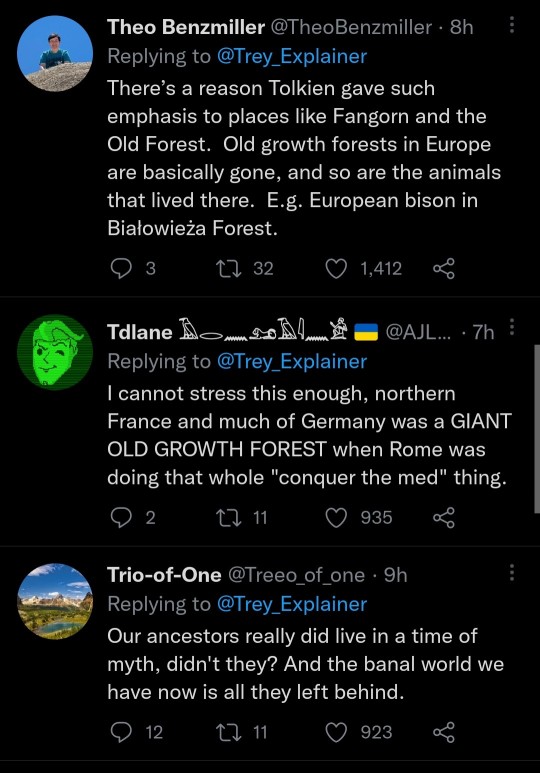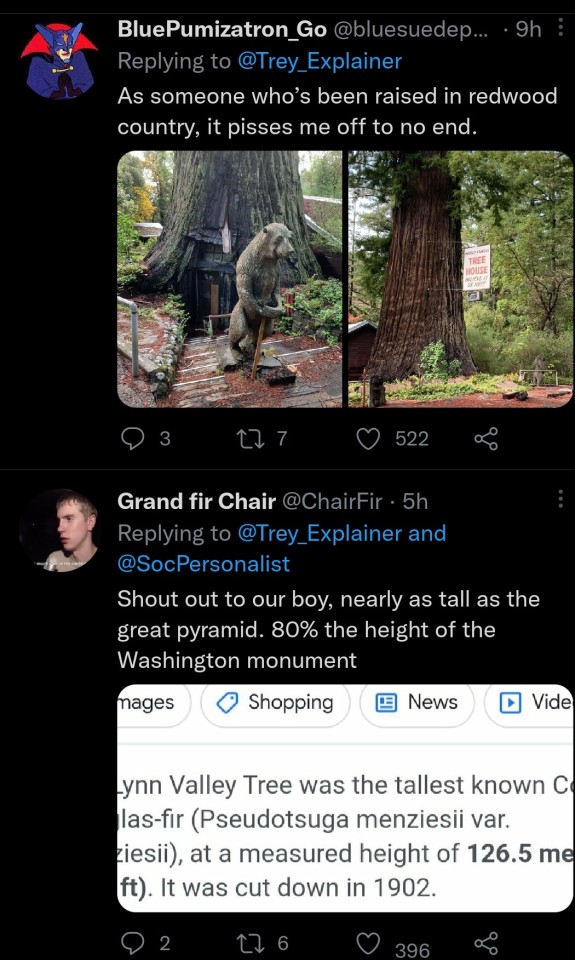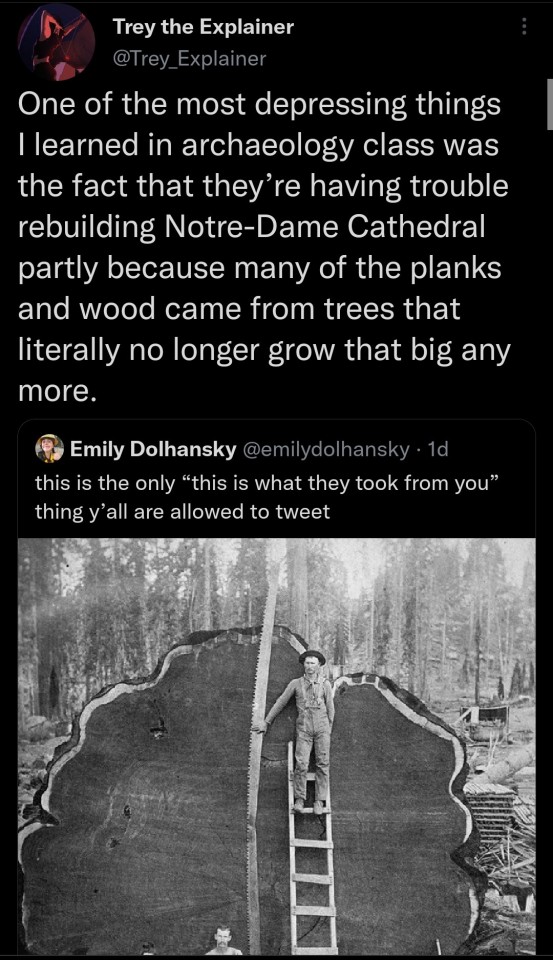#environing
Text

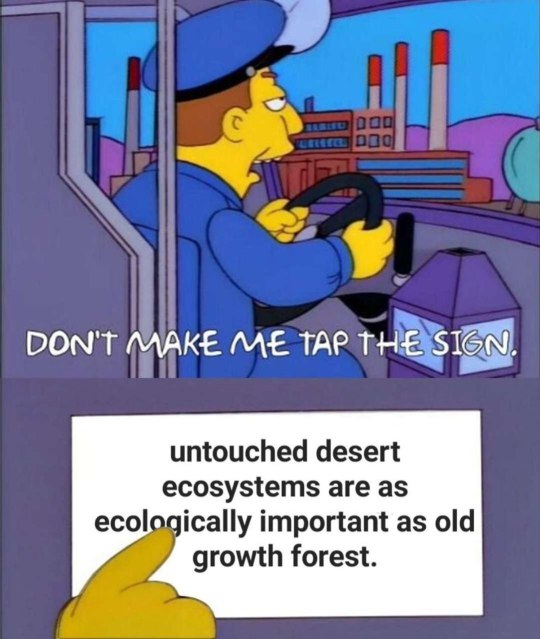
#deserts#desert#ecosystem#earth#ecology#econotego#golf course#golf equipment#golfers#mini golf#golf#ausgov#politas#auspol#tasgov#taspol#australia#fuck neoliberals#neoliberal capitalism#anthony albanese#albanese government#anti capitalism#capitalism#environmental activism#environmental#environment#enviroment art#environmetalists#enviromental#anti capitalist
64K notes
·
View notes
Text

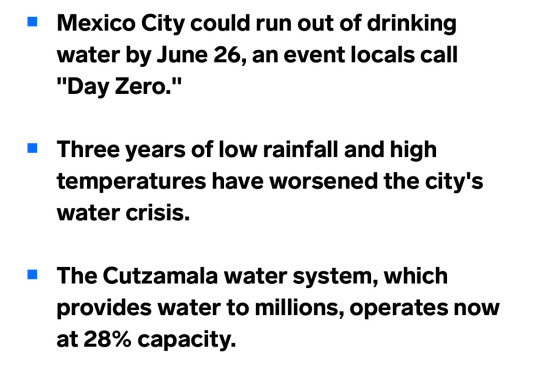
Source

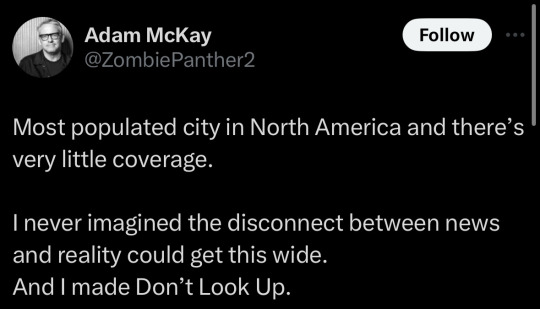
Source
#environment#Mexico#news#climate change#government#the left#progressive#twitter post#activism#current events#drought#environmentalism
24K notes
·
View notes
Text

#funny#lol#haha#humor#meme#memes#goth#gothic#mental health#dank memes#dark humor#tweet#twitter#politics#us politics#environment
23K notes
·
View notes
Text
If you use arab.org like I do please consider taking the extra 30-60 seconds to click on ALL of their causes. Palestine is important but so are the environment, refugees, children, women, and the impoverished across the middle east and it doesn't take away from Palestine to click for multiple causes. The arab world faces a lot of problems and they only get worsened by how western nations have oppressed and attacked them. Clicking is small but it generates something and overtime it does benefit the greater good. It takes all of us clicking as often as possible but we can do it! It's really easy and safe and they have proofs on their site on how they do make an impact and are donating your click money
#arab.org#palestine#save palestine#free palestine#gaza#gaza strip#free gaza#save gaza#middle east#arab#please if you can't donate to causes use this site#its safe its free and anyone can use it#just turn off ur adblocker#for arab.org only#women's rights#save the children#help the poor#save the environment#help refugees#click to help
32K notes
·
View notes
Photo
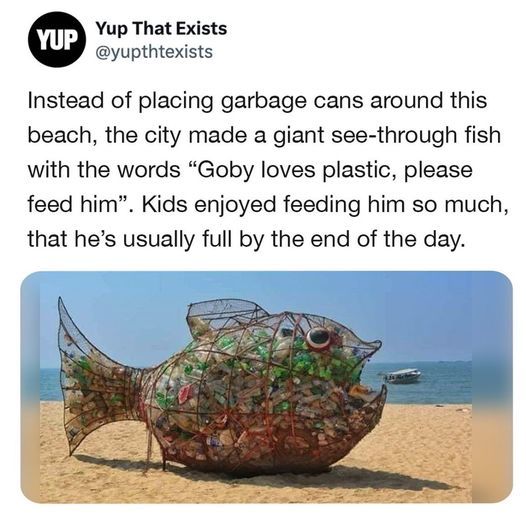
146K notes
·
View notes
Text
Pair of Endangered Corpse Flowers Defy Odds to Bloom at Same Time–Now Bearing 700 Seeds https://www.goodnewsnetwork.org/pair-of-endangered-corpse-flowers-defy-odds-to-bloom-at-same-time-now-bearing-700-seeds/
35K notes
·
View notes
Text
If you aren't following the news here in the Pacific Northwest, this is a very, very big deal. Our native salmon numbers have been plummeting over the past century and change. First it was due to overfishing by commercial canneries, then the dams went in and slowed the rivers down and blocked the salmons' migratory paths. More recently climate change is warming the water even more than the slower river flows have, and salmon can easily die of overheating in temperatures we would consider comfortable.
Removing the dams will allow the Klamath River and its tributaries to return to their natural states, making them more hospitable to salmon and other native wildlife (the reservoirs created by the dams were full of non-native fish stocked there over the years.) Not only will this help the salmon thrive, but it makes the entire ecosystem in the region more resilient. The nutrients that salmon bring back from their years in the ocean, stored within their flesh and bones, works its way through the surrounding forest and can be traced in plants several miles from the river.
This is also a victory for the Yurok, Karuk, and other indigenous people who have relied on the Klamath for many generations. The salmon aren't just a crucial source of food, but also deeply ingrained in indigenous cultures. It's a small step toward righting one of the many wrongs that indigenous people in the Americas have suffered for centuries.
#salmon#dam removal#fish#animals#wildlife#dams#Klamath River#Klamath dams#restoration ecology#indigenous rights#Yurok Tribe#Karuk Tribe#nature#ecology#environment#conservation#PNW#Pacific Northwest
17K notes
·
View notes
Text

I am once again at a loss for words. From @/ democracynow [@/ JoshuaPHill on X. 12/22/23.]
[Image description: "Satellite imagery shows Israel's razing of Gaza agricultural land." A 'before' picture shows an aerial picture of lush green fields and areas of healthy crops, as well as the location of a greenhouse. An 'after,' photo shows an aerial view of a completely desolate land -there are no crops, no greenhouse, and no greenery.]
#social justice#free palestine#freepalastine🇵🇸#palestine#free gaza#gaza#gaza strikes#gazaunderattack#gaza strip#climate justice#environment#colonialism#colonial violence#settler colonialism#settler violence#ceasefire now#ceasefire#end the occupation#end the genocide#eco terrorism
21K notes
·
View notes
Text



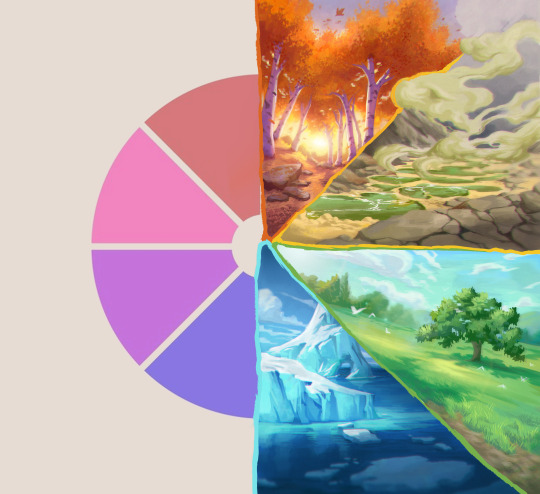




A world full of colors
Full color wheel challenge, what a fun challenge <3
#draw#drawing#artwork#digital art#digitalpainting#digital drawing#art#color#colorful#colors#color wheel challenge#color wheel trend#color wheel challenge but with landscapes!#art challenge#scenery art#scenery#landscape art#landscape#nature and landscape#environment art#br artist#br art#brazilian artist#artists on tumblr#art on tumblr#illustration
49K notes
·
View notes
Text
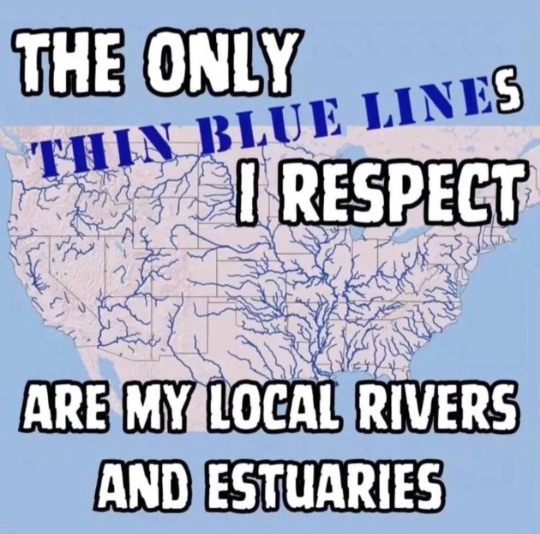
30K notes
·
View notes
Text
Oh my god I'm sooooo mad right now
So. I have no business telling people not to collect wild plants/materials.
I do it all the time.
However.
The words "wildcrafted," and "foraged," even "sustainably harvested," are terrifying to see in an ad on Etsy or Instagram
There is a such thing as the honorable harvest where you ASK the plant if it is okay to take, with the intention of listening if the answer is NO. Robin Wall Kimmerer talked about this, She did not make it up, it is an ancient and basic guideline of treating the plants with respect.
Basically it is not wrong to use plants and other living things, even if this means taking their life. But you are not the main character. You have to reflect on your knowledge of the organism's life cycle and its role in the ecosystem, so you can know you are not damaging the ecosystem. You have to only take what you need and avoid depleting the population.
Mary Siisip Geniusz also talked about it in an enlightening way in her book Plants Have So Much to Give Us, All We Have To Do is Ask. She gave an example of a woman who was on an island and needed to use a medicinal herb to heal her injured leg or she would not survive the winter. In that situation she had to use up all of the plant that was on the island. This was permissible, even though it eliminated the local population, because she had to do it to save her life. But in return the woman had the responsibility to later return to the island and plant seeds of that plant.
And what makes me absolutely furious, is that there are a bunch of people online who have vaguely copied this philosophy of sustainability in a false and insulting way, saying "wildcrafted" or "foraged" materials to be all trendy and cool and in touch with nature, when it is actually just poaching.
If you are from a capitalistic culture the honorable harvest is very hard and unintuitive to learn to practice. I am not very good at it still. This is why it is suspicious if someone is confident that they can ethically and respectfully harvest wild materials with money involved.
So there's this lichen that is often called "reindeer moss." It looks like this:

It grows only a few millimeters a year.
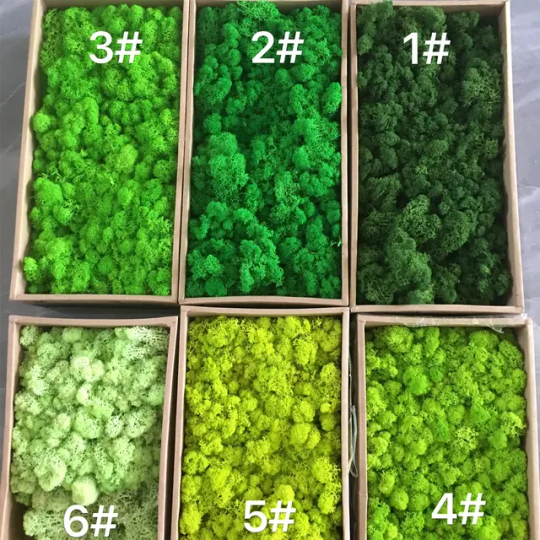
This is "preserved" reindeer moss.
It is from Etsy, similar is also sold in many other online shops, many of which have the audacity to describe it as a "plant" for decorations and terrariums that needs no maintenance.
It is not maintenance-free, it is dead. It has been spray-painted a horrible shade of green. The people buying it clearly don't even know what it is. It is a popular crafting material for "fairy houses," whatever the hell those are. So is moss, also dead, spray-painted, and wild-harvested. Supposedly reindeer moss is harvested sustainably in Finland, where it is abundant, for the craft industry. However poaching of lichens and mosses is absolutely rampant.
It's even more upsetting because there's hardly any articles drawing attention to the problem. This one is from 1999. And the poaching is still going on.
There is a "moss" section on Etsy, and it is so upsetting

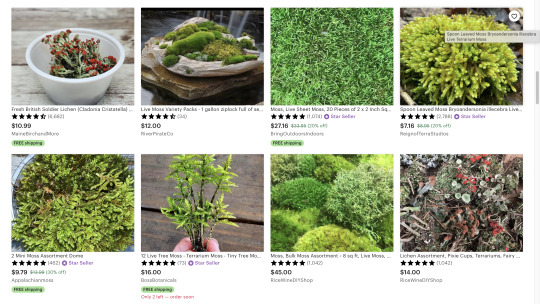
These mosses and lichens were collected from the wild. Most of the shops are in the Pacific Northwest or Appalachia, which are the major locations of moss and lichen poaching. There are some shops based in Appalachia selling "foraged" reindeer moss.
Reindeer moss may be abundant in Finland, but in Appalachia it should NOT be harvested to be sold on Etsy as craft supplies! Moss doesn't grow quickly. Big, healthy colonies like this took years to grow. Some of these shops have thousands of sales, all of bags and bags of moss and lichen, and thinking of how much moss and lichen that must be, I am filled with horror.
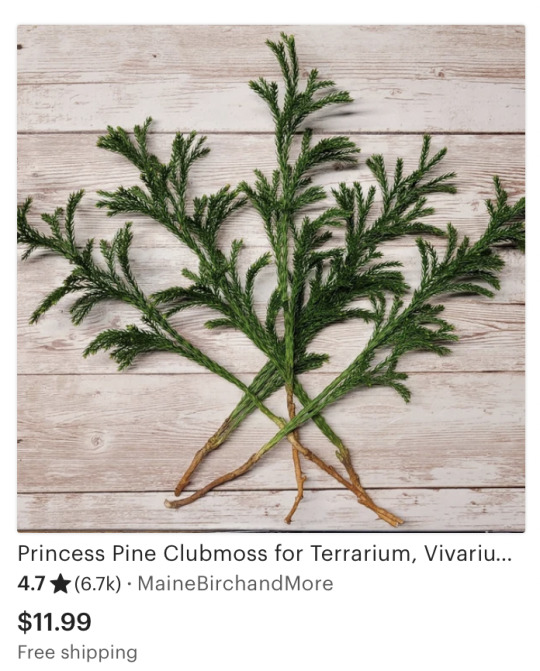
Clubmosses do not transplant well, and these ones have no roots. The buyers do not realize they have bought a dead plant because clubmoss stays green and pliable after it is dead.
This is especially awful because in Mary Siisip Geniusz's book she talked about clubmosses being poached so much for Christmas wreaths that they had almost disappeared from a lot of forests.
I don't even know if this is illegal if it's not a formally endangered species so I don't know if I can report them I'm just. really sad and angry
13K notes
·
View notes
Text
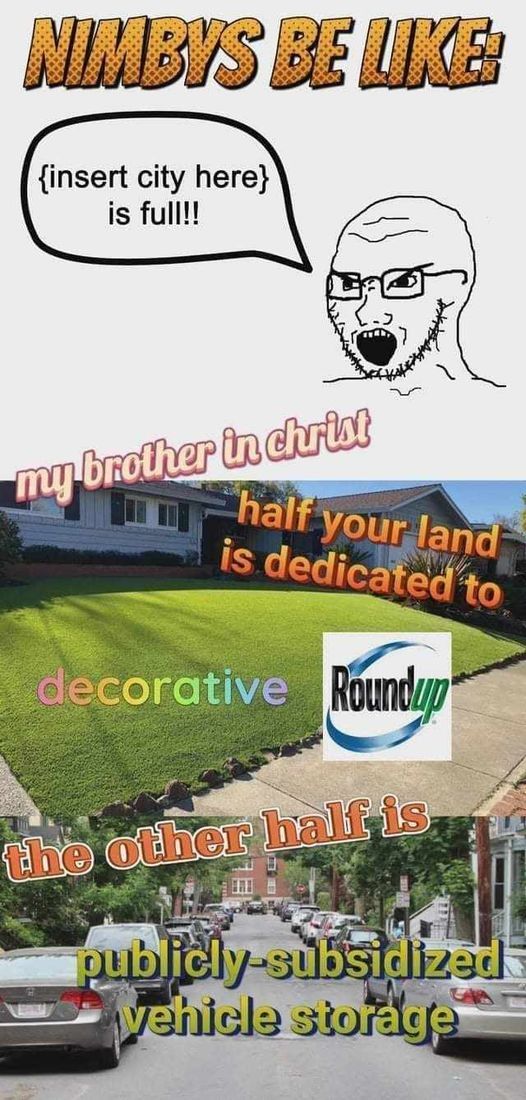
9K notes
·
View notes
Text
youtube
Watch the 2024 American Climate Leadership Awards for High School Students now: https://youtu.be/5C-bb9PoRLc
The recording is now available on ecoAmerica's YouTube channel for viewers to be inspired by student climate leaders! Join Aishah-Nyeta Brown & Jerome Foster II and be inspired by student climate leaders as we recognize the High School Student finalists. Watch now to find out which student received the $25,000 grand prize and top recognition!
#ACLA24#ACLA24HighSchoolStudents#youtube#youtube video#climate leaders#climate solutions#climate action#climate and environment#climate#climate change#climate and health#climate blog#climate justice#climate news#weather and climate#environmental news#environment#environmental awareness#environment and health#environmental#environmental issues#environmental education#environmental justice#environmental protection#environmental health#high school students#high school#youth#youth of america#school
21K notes
·
View notes
Text

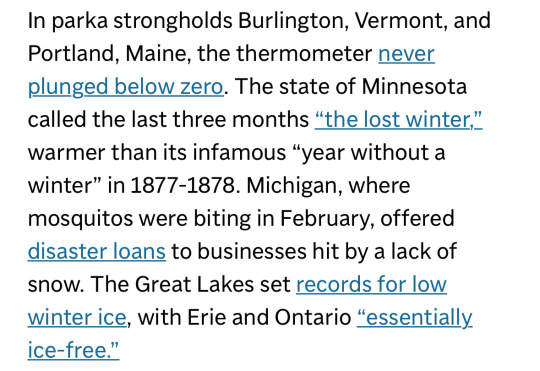
Source
Begging everyone to stop asking this rhetorical question and, instead, demand our elected officials do something about it
#climate change#climate justice#green new deal#gnd#politics#us politics#government#the left#environment#winter#news current events
11K notes
·
View notes
Text
"With “green corridors” that mimic the natural forest, the Colombian city is driving down temperatures — and could become five degrees cooler over the next few decades.
In the face of a rapidly heating planet, the City of Eternal Spring — nicknamed so thanks to its year-round temperate climate — has found a way to keep its cool.
Previously, Medellín had undergone years of rapid urban expansion, which led to a severe urban heat island effect — raising temperatures in the city to significantly higher than in the surrounding suburban and rural areas. Roads and other concrete infrastructure absorb and maintain the sun’s heat for much longer than green infrastructure.
“Medellín grew at the expense of green spaces and vegetation,” says Pilar Vargas, a forest engineer working for City Hall. “We built and built and built. There wasn’t a lot of thought about the impact on the climate. It became obvious that had to change.”
Efforts began in 2016 under Medellín’s then mayor, Federico Gutiérrez (who, after completing one term in 2019, was re-elected at the end of 2023). The city launched a new approach to its urban development — one that focused on people and plants.
The $16.3 million initiative led to the creation of 30 Green Corridors along the city’s roads and waterways, improving or producing more than 70 hectares of green space, which includes 20 kilometers of shaded routes with cycle lanes and pedestrian paths.
These plant and tree-filled spaces — which connect all sorts of green areas such as the curb strips, squares, parks, vertical gardens, sidewalks, and even some of the seven hills that surround the city — produce fresh, cooling air in the face of urban heat. The corridors are also designed to mimic a natural forest with levels of low, medium and high plants, including native and tropical plants, bamboo grasses and palm trees.
Heat-trapping infrastructure like metro stations and bridges has also been greened as part of the project and government buildings have been adorned with green roofs and vertical gardens to beat the heat. The first of those was installed at Medellín’s City Hall, where nearly 100,000 plants and 12 species span the 1,810 square meter surface.
“It’s like urban acupuncture,” says Paula Zapata, advisor for Medellín at C40 Cities, a global network of about 100 of the world’s leading mayors. “The city is making these small interventions that together act to make a big impact.”
At the launch of the project, 120,000 individual plants and 12,500 trees were added to roads and parks across the city. By 2021, the figure had reached 2.5 million plants and 880,000 trees. Each has been carefully chosen to maximize their impact.
“The technical team thought a lot about the species used. They selected endemic ones that have a functional use,” explains Zapata.
The 72 species of plants and trees selected provide food for wildlife, help biodiversity to spread and fight air pollution. A study, for example, identified Mangifera indica as the best among six plant species found in Medellín at absorbing PM2.5 pollution — particulate matter that can cause asthma, bronchitis and heart disease — and surviving in polluted areas due to its “biochemical and biological mechanisms.”
And the urban planting continues to this day.
The groundwork is carried out by 150 citizen-gardeners like Pineda, who come from disadvantaged and minority backgrounds, with the support of 15 specialized forest engineers. Pineda is now the leader of a team of seven other gardeners who attend to corridors all across the city, shifting depending on the current priorities...
“I’m completely in favor of the corridors,” says [Victoria Perez, another citizen-gardener], who grew up in a poor suburb in the city of 2.5 million people. “It really improves the quality of life here.”
Wilmar Jesus, a 48-year-old Afro-Colombian farmer on his first day of the job, is pleased about the project’s possibilities for his own future. “I want to learn more and become better,” he says. “This gives me the opportunity to advance myself.”
The project’s wider impacts are like a breath of fresh air. Medellín’s temperatures fell by 2°C in the first three years of the program, and officials expect a further decrease of 4 to 5C over the next few decades, even taking into account climate change. In turn, City Hall says this will minimize the need for energy-intensive air conditioning...
In addition, the project has had a significant impact on air pollution. Between 2016 and 2019, the level of PM2.5 fell significantly, and in turn the city’s morbidity rate from acute respiratory infections decreased from 159.8 to 95.3 per 1,000 people [Note: That means the city's rate of people getting sick with lung/throat/respiratory infections.]
There’s also been a 34.6 percent rise in cycling in the city, likely due to the new bike paths built for the project, and biodiversity studies show that wildlife is coming back — one sample of five Green Corridors identified 30 different species of butterfly.
Other cities are already taking note. Bogotá and Barranquilla have adopted similar plans, among other Colombian cities, and last year São Paulo, Brazil, the largest city in South America, began expanding its corridors after launching them in 2022.
“For sure, Green Corridors could work in many other places,” says Zapata."
-via Reasons to Be Cheerful, March 4, 2024
#colombia#brazil#urban#urban landscape#urban planning#cities#civil engineering#green architecture#green spaces#urban heat#urban heat island effect#weather#meteorology#global warming#climate change#climate hope#climate optimism#climate emergency#climate action#environment#environmental news#city architecture#bicycling#native plants#biodiversity#good news#hope#solarpunk#ecopunk#hopepunk
15K notes
·
View notes
